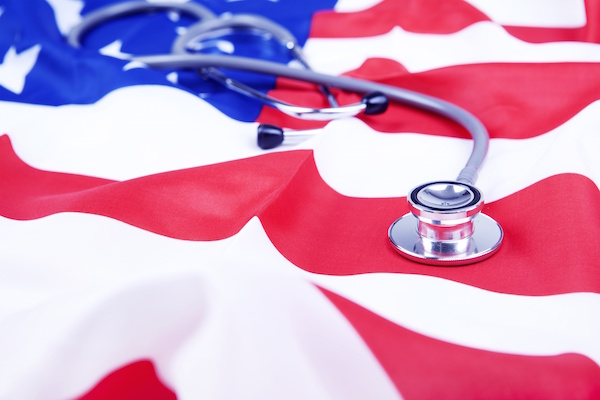
THURSDAY, April 19 (HealthDay News) — Most people know what lifestyle choices will keep the chances of a cancer diagnosis low: Don’t smoke, eat healthy, exercise and get the recommended screenings.
But, many Americans don’t make those choices, and a new report suggests that lawmakers and private industry need to do more to help make those changes easier ones to make.
The report, released by the American Cancer Society Thursday, details the shortcomings that contribute to cancer deaths and notes that social, economic and legislative factors help shape health behaviors.
“With increased efforts toward more fostering of and support for cancer prevention and early detection activities, we can reduce incidence, death and suffering from cancer,” report co-author Vilma Cokkinides said in a cancer society news release.
“The price and availability of healthy foods, incentives and opportunities for regular physical activity in schools and communities, advertising content, as well as the availability of insurance coverage for screening tests and treatment for tobacco addiction all influence individual choices. Improved collaboration among government agencies, private companies, nonprofit organizations, health care providers, policy makers and the American public can lead to continued improvements, and more favorable trends that reduce the risk of death from cancer and other chronic diseases,” Cokkinides stated.
One expert agreed that the premise is sound.
“The [cancer society] report provides the public with valuable information about cancer risk and risk reduction. An informed public has the opportunity to make good decisions about lifestyle and modifiable risk factors, and other health behaviors,” said Dr. Freya Schnabel, director of breast surgery at NYU Clinical Cancer Center in New York City. “The challenge for all of us is putting this information into use every day,” she added.
“The ACS has emphasized the importance of smoking cessation programs in reducing the risk for smoking-related cancers,” Schnabel noted. “The link between smoking and cancer is well-established, and an investment of resources into smoking cessation programs would be expected to translate into saving many lives, and relieving the burden of the related cancer from the affected individuals, and from society as a whole.”
The report found that if comprehensive smoke-free laws were passed by states that currently don’t have such laws, there would be 624,000 fewer cancer deaths over the long term and $1.32 billion less in cancer treatment costs over five years.
While there was a modest overall decline in cigarette smoking among adults between 2005 and 2010 (an estimated 21 percent of men and 17 percent of women smoked in 2010), decreases did not occur in all subgroups of smokers, the report said.
Among daily smokers, light smoking (less than 10 cigarettes a day) increased from 16 percent in 2005 to 22 percent in 2010, while heavy smoking declined from 13 percent to 8 percent.
In 2009, 19.5 percent of high school students were current smokers and 7.3 percent were frequent smokers. Smoking among high school students did not decrease between 2003 and 2009, but declined significantly among teen student smokers between 2010 and 2011 and among smokers aged 12 to 17 between 2008 and 2010.
Smoking is not the only area where lifestyle changes are still needed, the report authors said.
Increasing rates of obesity seen since the early 1980s appear to have slowed or leveled off since 2003, but an estimated 18 percent of adolescents and 36 percent of adults are still considered obese. Mississippi had the highest overall obesity rate, at nearly 35 percent.
The report also found that cancer screening rates are not always what they should be.
In a bit of good news, the proportion of girls aged 13 to 17 who started the human papillomavirus (HPV) vaccination series increased from 25 percent in 2007 to nearly 49 percent in 2010, and about one-third of those girls got all of the three doses required for full coverage. The vaccine protects against the two strains of the virus that cause 70 percent of all cervical cancers.
However, the use of mammograms has not increased since 2000. In 2010, 66.5 percent of women aged 40 and older had a mammogram in the past year. Women without health insurance had the lowest use of mammograms, at 31.5 percent.
And colon cancer screening rates present a mixed picture. In 2010, 59 percent of adults aged 50 and older were screened for colon cancer, but screening rates remain much lower among uninsured and poorer people. Currently, only 28 states and the District of Columbia have passed legislation ensuring coverage for colon cancer screening, the report noted.
Schnabel noted that any efforts to increase overall screening rates would make a difference in cancer death rates.
“There are effective methods to screen for cervical cancer, breast cancer and colon cancer,” Schnabel noted. “More widespread uptake of these screening strategies could alter the outcomes for these cancers in a very significant way.”
More information
The U.S. National Cancer Institute has more about cancer prevention.

